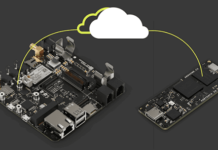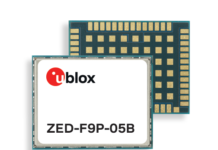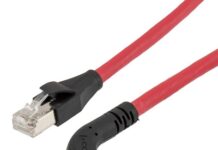
Last June, ST led a webinar entitled BLE vs. Sub-1GHz Wireless – from Technology to Applications, which now became available for download. The presentation aims to figure out when engineers should choose one protocol over another. The question is as complex as it is critical. Embedded systems are increasingly “smart” but beyond the buzzword, the technical reality may be hard to navigate. Choosing the wrong technology can seriously hurt the user experience, the product’s viability, and overall costs. Hence, let us explore some of the points raised during the webinar and see how they can contribute to the discussions teams have around their products.
BLE vs. sub-1GHz: Shaping the Thought Process
When addressing BLE vs. sub-1GHz, the webinar looks at the six fundamental specifications:
- Distance
- Data Rate
- Reliability
- Power Consumption
- Size & Cost
- Network Topology
Some of them are straightforward. For instance, Bluetooth LE has a shorter range than sub-1GHz modules but a higher throughput traditionally. Hence, it’s easy to look at distance or bandwidth only when making a choice. However, some use cases demand more finesse and considerations. Indeed, engineers focusing on distances of about one kilometer may wrestle with whether to implement Bluetooth or a sub-1GHz standard. In fact, asset trackers and metering applications are increasingly using Bluetooth LE and sub-1GHz networks. Previously, such products rested solely on the latter, but as technologies improve, the choice is no longer obvious.

It’s hard to overstate the importance of choosing the right network for an application. In the rubber tapping robot case study, sub-1GHz technologies can manage large mesh networks over vast distances. In this instance, choosing the suitable protocol ensured the project became viable and solved many technical roadblocks. Similarly, Bluetooth LE was critical in designing the Nextent Tag to help solve physical distancing issues during the pandemic. Choosing Bluetooth Low Energy enabled distance detection when analyzing the relation between the transmit power and the signal strength. And while the webinar explains why choosing the right technology is both challenging and critical, the talk goes a step further by giving engineers a tour of the devices and their development platforms.
Sharing Specifications and Experience
To help with the decision-making processing, the webinar explores the impact of specific components on a design. One section looks at BlueNRG-LP devices while another delves into S2-LP modules. The presentation looks at major specifications but also shows how engineers can grab development tools to prototype rapidly. Presenters even go back to the fundamental specifications after looking at each family of devices to see how they apply to both Bluetooth LE and sub-1GHz systems. By the end of the webinar, engineers will have a good grasp of the strengths of each technology and the most relevant protocol for their priorities and compromises. ST even shows that combining both protocols can address unique situations. For instance, a BlueNRG-LP module would help with maintenance operations and over-the-air updates while the S2-LP links a myriad of sensors to a cloud over vast distances.
For more information visit ST Blog.


















